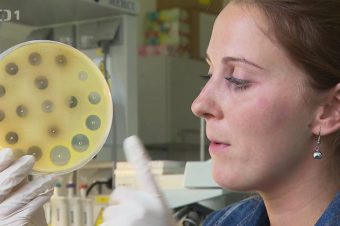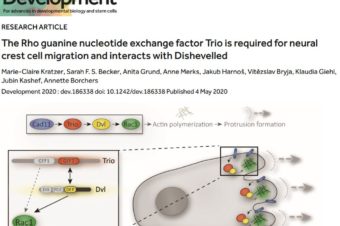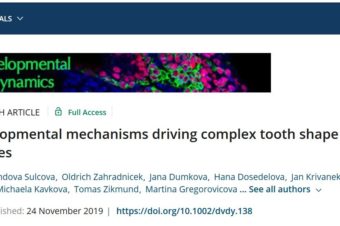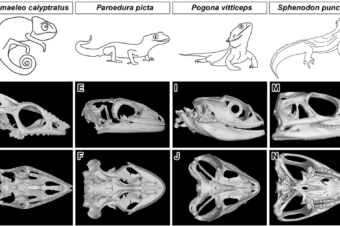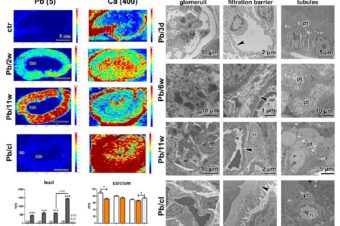- 1 Department of Ecology, Faculty of Environmental Sciences, Czech University of Life Sciences Prague, Prague, Czech Republic; e-mails: knapp@fzp.czu.cz, rericham@fzp.czu.cz
- 2 Department of Animal Physiology and Immunology, Institute of Experimental Biology, Faculty of Science, Masaryk University, Brno, Czech Republic; e-mails: pavel.dobes.sci@gmail.com, hyrsl@sci.muni.cz
Abstract:
Reflex bleeding is one of the many anti-predation behavioural tactics used by insects. This behaviour is recorded widely in several insect taxa and provides scientists with an interesting opportunity for easily obtaining samples of haemolymph for physiological experiments. However, there is no good evidence that haemolymph and reflex blood have the same characteristics. In this study, we compared three basic characteristics of reflex blood and haemolymph collected from the body cavity, of three species of ladybirds: Harmonia axyridis, Coccinella septempunctata and Ceratomegilla undecimnotata. In the reflex blood we recorded the same concentration of haemocytes and total protein, and level of antimicrobial activity against Escherichia coli as in samples of haemolymph collected from within the body cavity. Therefore, reflex blood is a promising source of haemolymph for use in many physiological and immunological studies. It is the best way of collecting haemolymph if one wants to avoid challenging the immune system and concurrently also enables one to repeatedly collect haemolymph from one individual without injuring it, which would initiate repair mechanisms. The interspecific comparison indicates significant differences among the species studied in three characteristics measured. Interestingly, the native species Ceratomegilla undecimnotata has nearly as effective immune system as the invasive Harmonia axyridis based on the level of antibacterial activity against Escherichia coli.
Link to full story: http://www.eje.cz/artkey/eje-201801-0001_puncture_vs_reflex_bleeding_haemolymph_composition_reveals_significant_differences_among_ladybird_species_co.php

